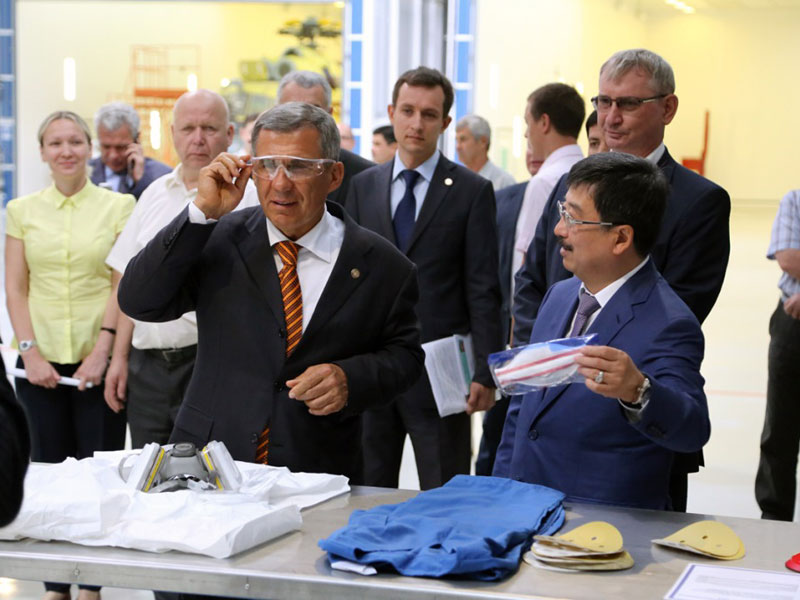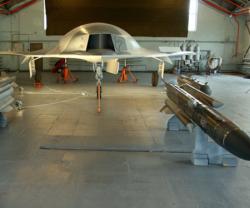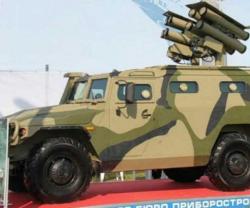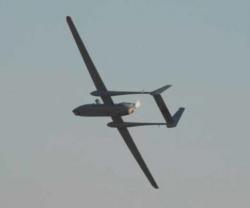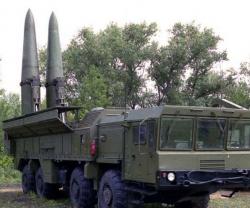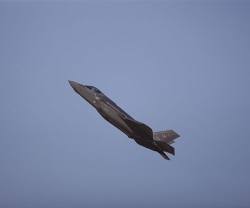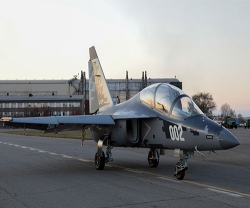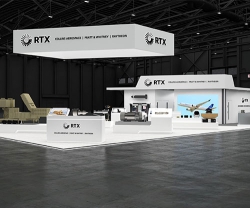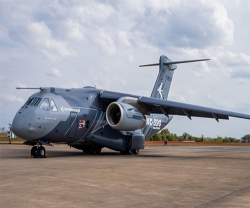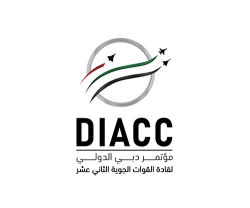“The construction of the new workshop was driven by the plant's increased production volumes. Using new paint ovens will shorten the helicopter painting cycle by an average of 25-30%, increase application quality and improve working conditions,” said Vadim Ligai, General Director of Kazan Helicopters and Deputy CEO of Russian Helicopters.
The new workshop consists of advanced equipment including seven paint ovens built by Russian company Novateck, a pre-painting processing chamber, and equipment to regulate temperature and humidity during adhesion operations.
The cost of constructing and outfitting the new workshop was about RUB 467 million. The investment has increased the throughput capacity by 50%, while the painting cycle has reduced from nine to five hours. Another important benefit is that the new equipment will increase energy efficiency, reducing electricity costs by lowering consumption.
Upgrading production capacities is a key aim of Russian Helicopters' ongoing drive to create a dynamic and globally competitive helicopter industry. Russian Helicopters launched this extensive program in 2008, and has made significant investments: in 2013 investment in production capacities totaled RUB 8.3 billion, an increase of 8.5% on the previous year.
Work began in 2008 on upgrading and technical refitting at Kazan Helicopters and the rest of Russia's helicopter industry. Today the plant has an investment program through 2018 that includes around 15 individual investment projects.
Since work began, the plant's machining production facilities have been completely reconstructed: two automated production lines by Mazak have been installed for production of components, each of which requires a single operator per shift. The lines can work for 8 hours unsupervised, which means that they can operate around the clock. Labor productivity is 2-2.5 times higher than for traditional machining centers, and more than 20 times greater than using general-purpose equipment.
Upgrade work of the plant's warehousing facilities and logistics is also nearing completion, while reconstruction of the assembly, galvanizing and other production facilities is underway.

